
Unveiling the Nakasendo Way: Japan’s Historical Route
Step into the past with our comprehensive guide to the Nakasendo Way. Experience Japan’s history firsthand in this unforgettable journey.
The Nakasendo Way, a historic route winding through the heart of Japan, offers an extraordinary journey into the nation’s past, culture, and natural beauty. Spanning approximately 530 kilometres between Kyoto and Tokyo, this ancient road connects the two former capitals and serves as a window into the lives of travellers from the Edo period (1603–1868). Today, the Nakasendo Way is celebrated not only for its historical significance but also for the opportunity it provides to experience traditional Japanese landscapes, architecture, and hospitality.
In this blog post, we delve into the history, significance, and contemporary allure of the Nakasendo Way. Join Auswalk as we uncover its origins, highlight notable post towns, and reveal the unique experiences that await you on this remarkable journey.
The Nakasendo Way, a historic route connecting Kyoto to Edo (modern-day Tokyo), offers a glimpse into the rich cultural and natural tapestry of central Japan. This ancient highway, once traversed by feudal lords, samurai, and government officials during the Edo period, now serves as an enchanting trail for modern-day travellers. Stretching through the scenic Kiso Valley, the trail winds through some of Japan’s best-preserved post towns, charming traditional Japanese inns, and serene countryside landscapes.
A Walk Through Time: The Nakasendo Way
The Nakasendo Trail, or the “Central Mountain Route,” is a vivid tapestry of history and nature, stretching approximately 530 kilometres from Kyoto to Edo (present-day Tokyo). During the Edo period, this highway was one of the five official routes established by the Tokugawa shogunate to ensure connectivity across feudal Japan. Along its entire length, the trail connected 69 post towns, where you could rest, enjoy local produce, and experience the hospitality of traditional Japanese inns.
Origins of the Nakasendo Highway
Unlike the Tokaido route, which followed the coastline, the Nakasendo cut through the heart of central Japan, traversing highlands and deep valleys. It became a preferred route for those seeking to avoid the unpredictable weather and potential dangers of coastal travel. The trail’s importance extended beyond convenience; it was a symbol of the Tokugawa shogunate’s power, connecting Kyoto—the imperial seat—with Edo, the shogun’s political and economic centre.

The trail was meticulously structured, starting in Kyoto, with 69 post towns spaced at intervals where travellers could rest and replenish their supplies. These post-towns, designed as havens for those journeying along the trail, became bustling centres of commerce, culture, and community. Inns, stables, and tea houses dotted the route, providing a welcome respite and reflecting the richness of local produce and craftsmanship.
Life Along the Trail
Walking the Nakasendo Way today offers a window into life during the Edo period. The original route was more than a transportation corridor; it was a living artery that sustained towns and villages along its path. The trail was carefully designed, often paved with stones or compacted earth, ensuring durability and ease of travel. Rest stops weren’t just practical; they became cultural hubs where travellers could exchange news, stories, and goods.
Evolution Through the Ages
Despite its historical significance, the Nakasendo gradually fell out of favour with the advent of the Meiji era, as railways and modern roads overtook the old highways. However, sections of the original route and several preserved post towns have been carefully maintained, offering modern travellers an authentic taste of old Japan.


Walking the trail today evokes the spirit of those bygone days, from the sound of footsteps echoing on stone-paved paths to the sight of traditional houses nestled among towering Japanese cedars. The Kiso Valley, in particular, preserves some of the most beautiful sections of the trail, where the natural environment and historical architecture blend seamlessly.
Today, walking the Nakasendo Way offers a unique way to explore Japan’s past. While the full route can take weeks, many visitors focus on the most beautiful sections within the Kiso Valley, such as the stretch between Magome and Tsumago, two of the most famous post towns.
Exploring the Post Towns: Magome, Tsumago and Beyond
The Nakasendo Way is marked by the charm of its post-towns, each providing a unique glimpse into Japan’s feudal past. Among these towns, Magome and Tsumago stand out as two of the most iconic and best-preserved, renowned for their capacity to transport visitors back to the Edo period. These post-towns serve as resting places and vibrant cultural and historical snapshots of a bygone era.
Magome Post Town
Nestled at the southern end of the Kiso Valley, Magome serves as a starting point for many travellers embarking on the Nakasendo Trail. The town’s main street is a masterpiece of restoration, showcasing cobbled pathways flanked by beautifully maintained wooden buildings and traditional houses. As you ascend the slope of the street, the distant mountains provide a stunning backdrop, creating an ideal setting for both casual strolls and immersive exploration.

You can enjoy local produce and delicacies like gohei mochi (grilled rice cakes with a sweet miso glaze) from street-side stalls or relax in charming tea houses that offer views of the valley below. For history enthusiasts, the Magome Wakihonjin Museum provides insight into the town’s role during the Edo period.

Just beyond the town lies the Magome Pass, a picturesque section of the trail shaded by towering Japanese cedar trees. This pass, which connects Magome to Tsumago, is renowned for its natural beauty and well-marked paths, making it one of the most enjoyable parts of the Nakasendo.
Tsumago Post Town
A short walk or bus ride from Magome brings travellers to Tsumago, one of the most famous post towns along the Nakasendo. Tsumago is renowned for its efforts to preserve its Edo-period appearance, and it’s often regarded as a living museum. Strict regulations ensure that modern features like power lines are hidden, allowing the town to maintain its atmospheric charm.

What makes Tsumago Special is that the streets are lined with traditional Japanese inns (ryokan), where you can experience authentic hospitality, complete with tatami mat rooms and kaiseki-style meals featuring fresh, seasonal ingredients. The preserved post town is also home to several historical buildings, including the Tsumago Honjin and Wakihonjin, which once hosted feudal lords and high-ranking officials.
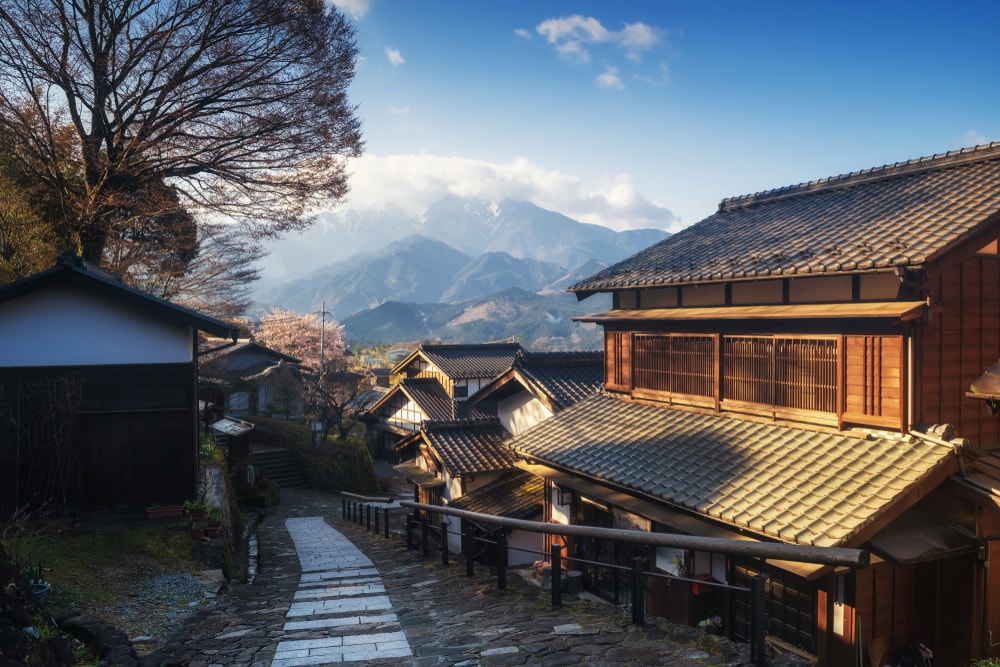
Beyond its historical allure, Tsumago offers tranquil surroundings, including the nearby Female Waterfall, a cascading stream popular for photography and quiet reflection. Walking through the forested trail between Magome and Tsumago is an opportunity to immerse oneself in the beauty of the Kiso Valley.
Kiso Fukushima and Narai
Further along the trail lies Kiso Fukushima, a larger post town that serves as a gateway to the route’s higher elevations. It’s an ideal spot for an overnight stay before tackling the Torii Pass, the highest point along the Nakasendo.
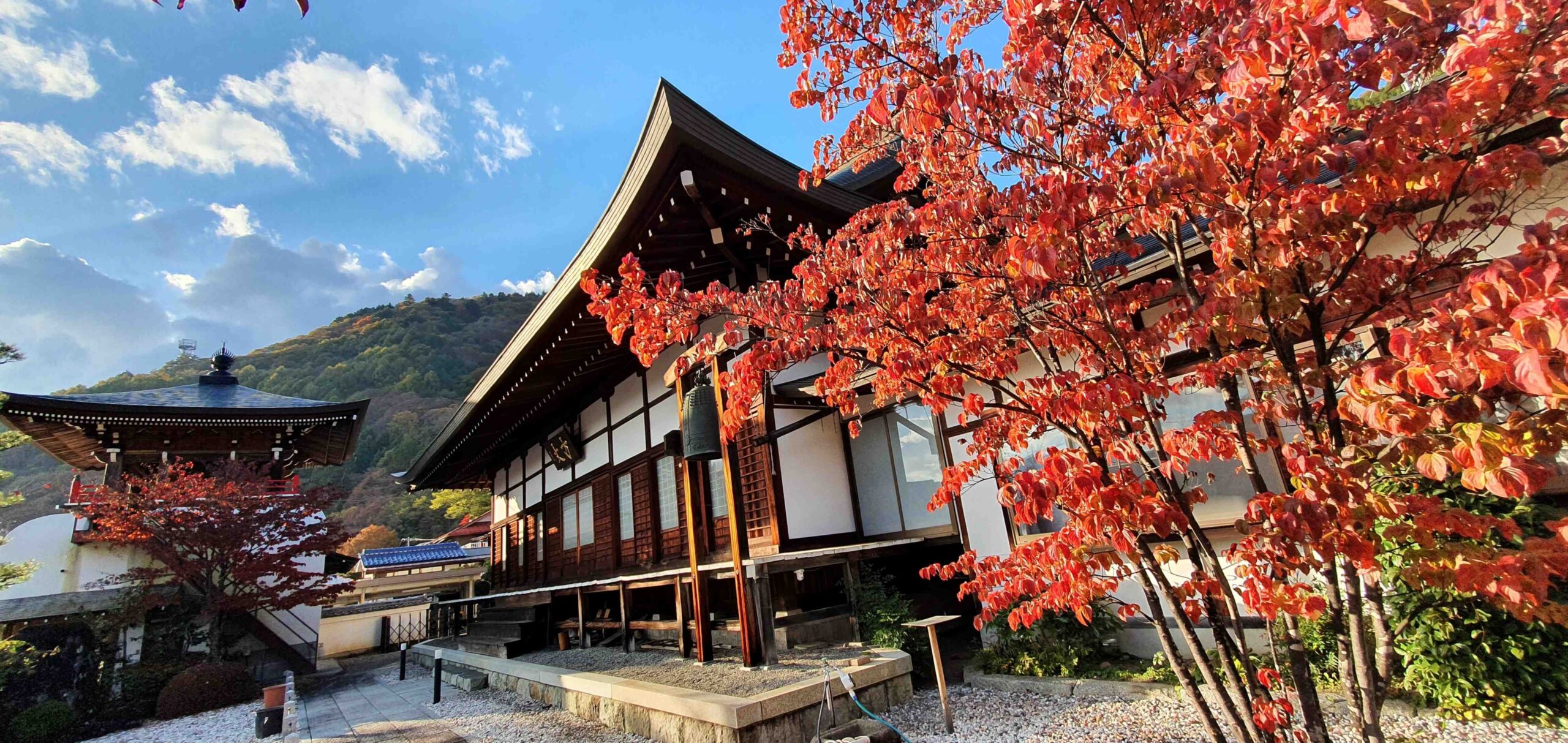
From there, you can proceed to Narai, known as the “town of a thousand houses” for its abundance of preserved wooden buildings. Many of which have been converted into shops, cafes, and museums. Narai’s main street stretches for over a kilometre, offering a perfect mix of historical immersion and modern-day conveniences.

Narai is famed for its lacquerware and other artisanal crafts, making it an excellent place to shop for souvenirs. Staying in one of the town’s traditional inns provides a deeper connection to its history, while its quiet atmosphere makes it ideal for travellers seeking a slower pace.
Beyond the Post Towns – Hidden Gems Along the Nakasendo
Walking the Nakasendo isn’t just about reaching the next post town – It’s about immersing oneself in the rhythm of the journey. The trail encourages a slower pace, where each step connecting you with centuries of history. Along the way, markers and stone signposts guide the path, some dating back to the Edo period, offering a tangible link to the past.
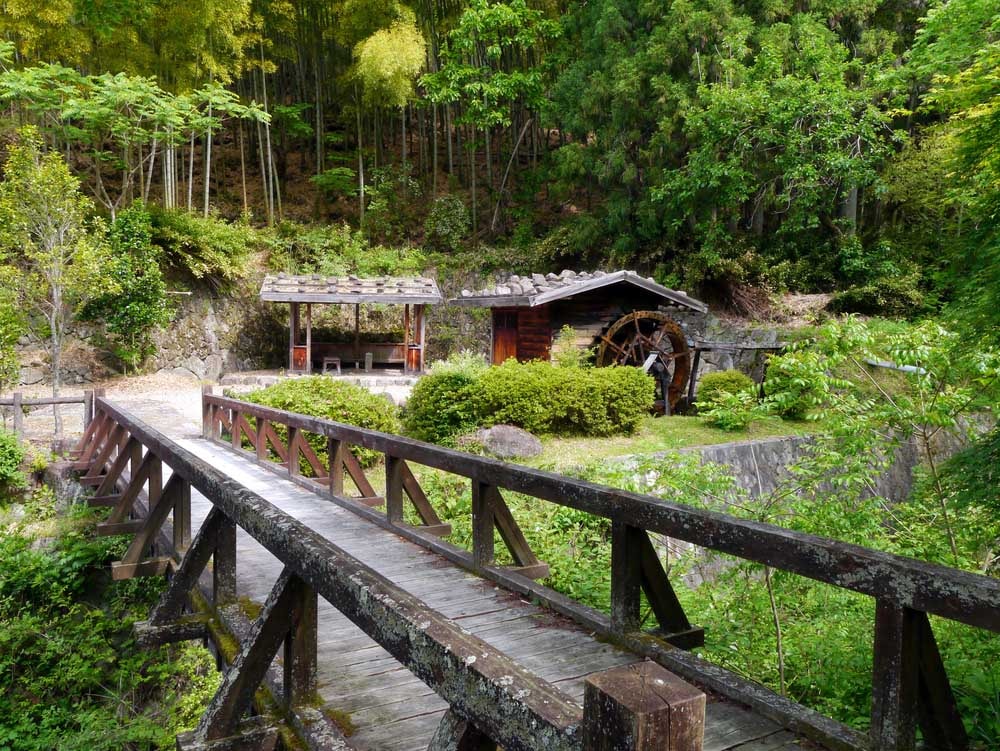
Highlights include:
- Torii Pass: The highest point along the trail, offering sweeping views of the surrounding mountains.
- Magome and Tsumago: Iconic post towns that encapsulate the essence of the Nakasendo, with cobbled streets, wooden facades, and a tranquil atmosphere.
- Crystal-Clear Streams and Japanese Cedar Forests: These natural features throughout the Kiso Valley provide moments of serenity and connection with nature.
The journey is as significant as the destination for those exploring the trail. The echoes of feudal lords, merchants, and travellers of centuries past remain palpable along the Nakasendo’s timeless paths. By walking even a small portion of the trail, one can relive the magic of Japan’s historic highways.
The Journey’s Practical Side: Getting There and Around
Thanks to Japan’s efficient rail network, reaching the Nakasendo Way is straightforward. Most visitors begin their journey from Nagoya Station, taking a local or bullet train to nearby towns such as Nakatsugawa Station or Kiso Fukushima. Train tickets can be purchased easily and connections are frequent, making exploring multiple sections of the trail convenient.
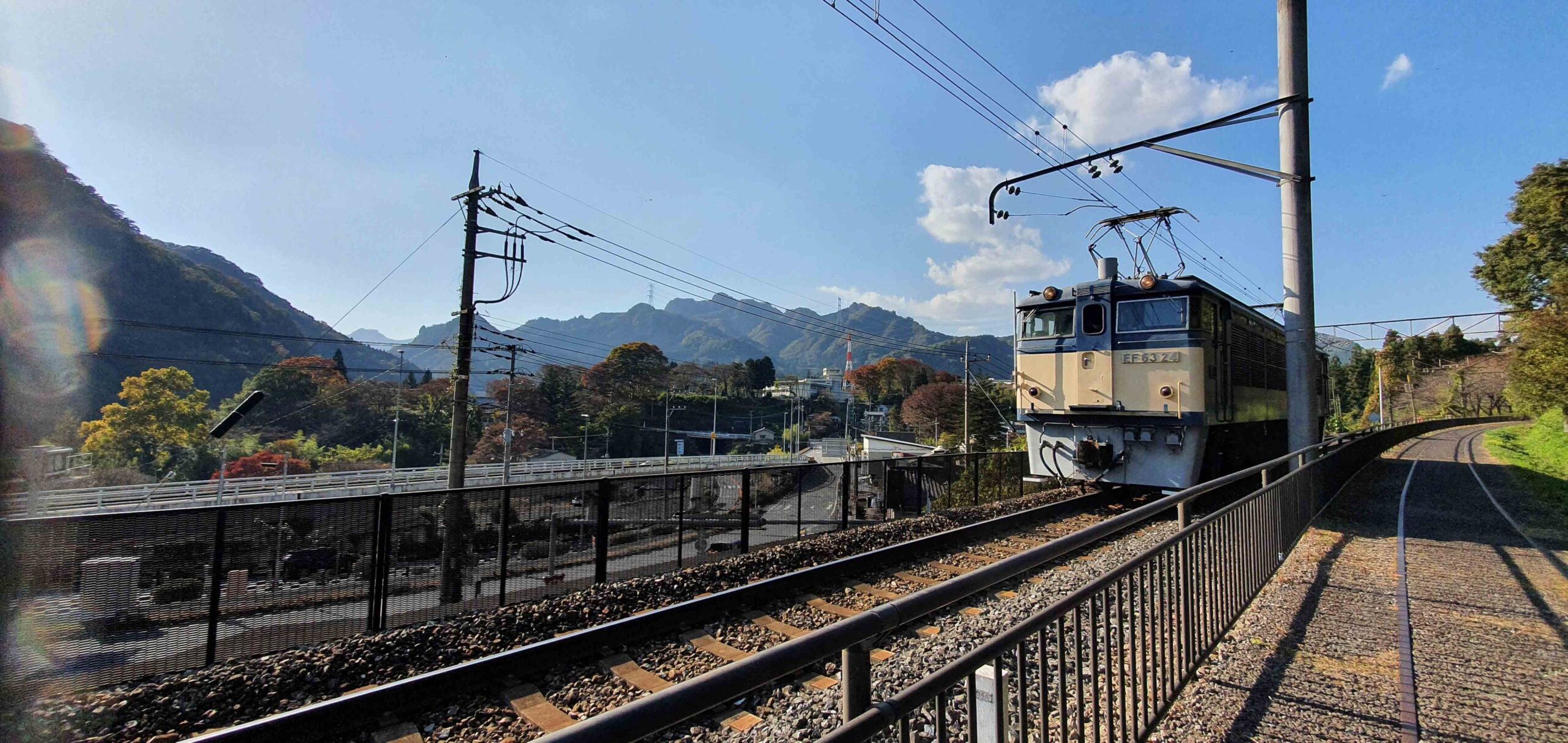
For those seeking a guided experience, Auswalk offers tours that cover the most enjoyable parts of the Nakasendo, like Way 7 Days Self-Guided. These tours often include accommodations in traditional inns, exploring castle towns like Matsumoto Castle and visiting preserved post towns.
Seasonal Considerations for the Journey
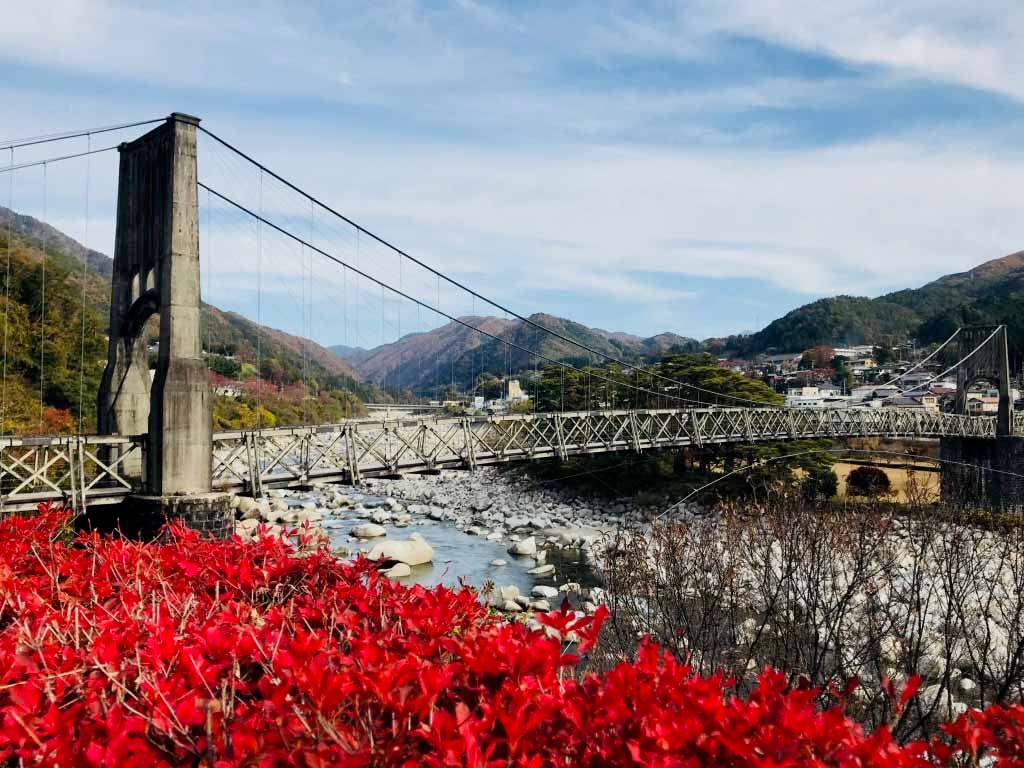
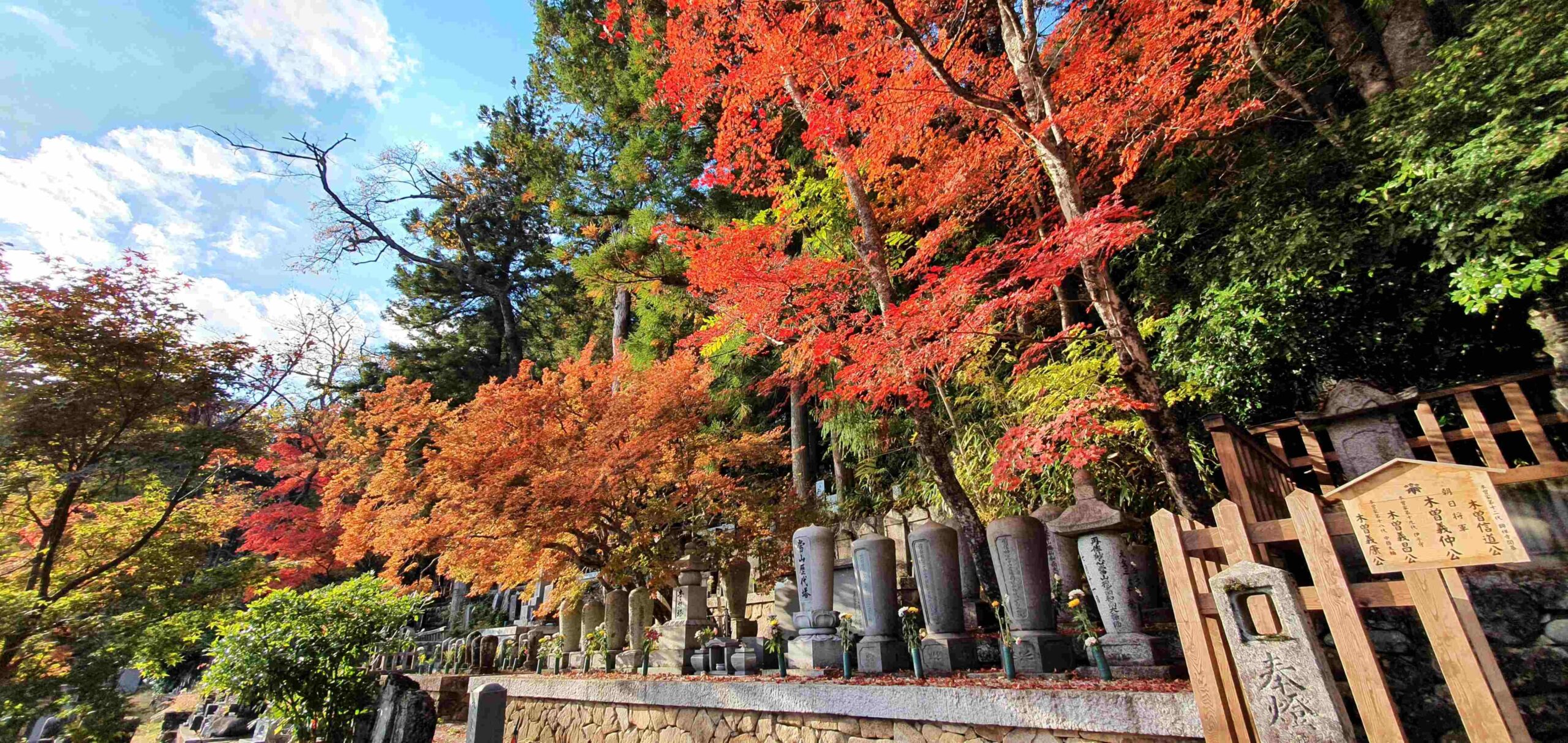
The Nakasendo Way offers a unique experience every season, but weather and conditions can impact your journey.
- Spring (March to May): Mild temperatures and blooming cherry blossoms make this a popular season. Trails are vibrant and post-towns buzz with visitors.
- Summer (June to August): Summer brings lush greenery, but humidity and occasional rain are common. Early morning hikes are recommended to avoid the heat.
- Autumn (September to November): Brilliant autumn foliage transforms the trail into a photographer’s dream, and cooler temperatures make walking more comfortable.
- Winter (December to February): The trail is quieter, with snowy landscapes adding a serene beauty to the surroundings. However, some inns may close for the season, so plan accordingly.
The Nakasendo Way is more than a trail; it’s a journey through time, connecting travellers with the spirit of old Japan. From the cobbled streets of Magome to the timeless beauty of Tsumago and beyond, this historic route invites exploration, reflection, and discovery. Whether you’re tracing the footsteps of feudal lords or simply enjoying the tranquillity of the rural countryside, the Nakasendo offers a truly immersive experience.
Embark on this journey, and let the echoes of the Edo period guide your onward journey along the original route of the Nakasendo Highway.
Why choose Auswalk for your Nakasendo Way walk?
Choosing Auswalk for your Nakasendo Way adventure ensures a seamless and enriching experience, whether you prefer self-guided or group-guided tours. Our self-guided options offer the flexibility to explore at your own pace, with detailed itineraries and comprehensive maps that ensure you won’t miss any of the trail’s highlights. For those who enjoy companionship and expert insights, our group-guided tours provide knowledgeable guides who share fascinating stories and historical context, enriching your journey through Japan’s countryside. With Auswalk, you can enjoy the perfect balance of independence and support, allowing you to fully immerse yourself in the beauty and history of the Nakasendo Trail.
Auswalk offers a diverse range of walks to suit every traveller’s interest and fitness level. From leisurely strolls through charming post towns like Magome and Tsumago to more challenging hikes over the Torii Pass, there’s something for everyone. Our itineraries are carefully crafted to showcase the most beautiful sections of the trail, including well-preserved traditional Japanese inns and stunning natural landscapes. Whether you’re drawn to the cultural allure of Japan’s historical routes or the tranquillity of its rural countryside, Auswalk’s variety of options ensures that your journey along the Nakasendo Way will be both memorable and fulfilling.



There are no comments, be the first to comment.